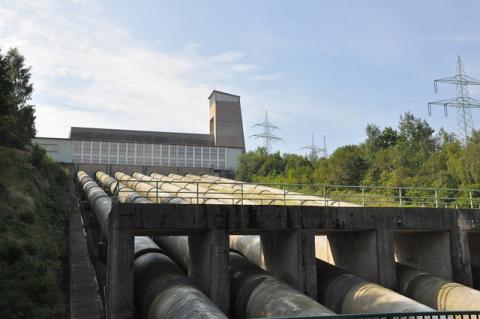
Region: Global
Country: Global / Non-Specific
Sectors: Water and Sanitation
Keywords: Contractual Provisions, Contract
DocumentLink(s):
Document Details:
Urban water supply services have traditionally been provided by state-owned water utilities. In the past decades, many governments have tried to turn state-owned water utilities into effective and viable organizations, with mixed success. Why have some public utilities become more efficient service providers, while others have not been able to break the vicious cycle of low performance and low cost recovery? This report presents a framework of attributes of well-functioning utilities and how they have introduced key institutional changes. It aims to help water and sanitation sector practitioners choose and apply public utility reform approaches. The report concludes that structural trends are altering the landscape in which water utilities operate and that these alterations offer opportunities for change. The major transition of most utilities in the past decades has not been from public to private operation, but from centralized to decentralized public provision. Fiscal squeeze has hit utilities hard: as public budgets decreased in the 1990s, infrastructure investments dropped disproportionally as governments have few discretionary spending categories. Under budgetary pressure, many public institutions have adopted new management tools, often borrowed from the private sector, to complement more traditional bureaucratic tools. Many countries have democratized, and an emerging civil society, including a consumer movement, has put pressure to deliver better services.
Updated: March 28, 2021